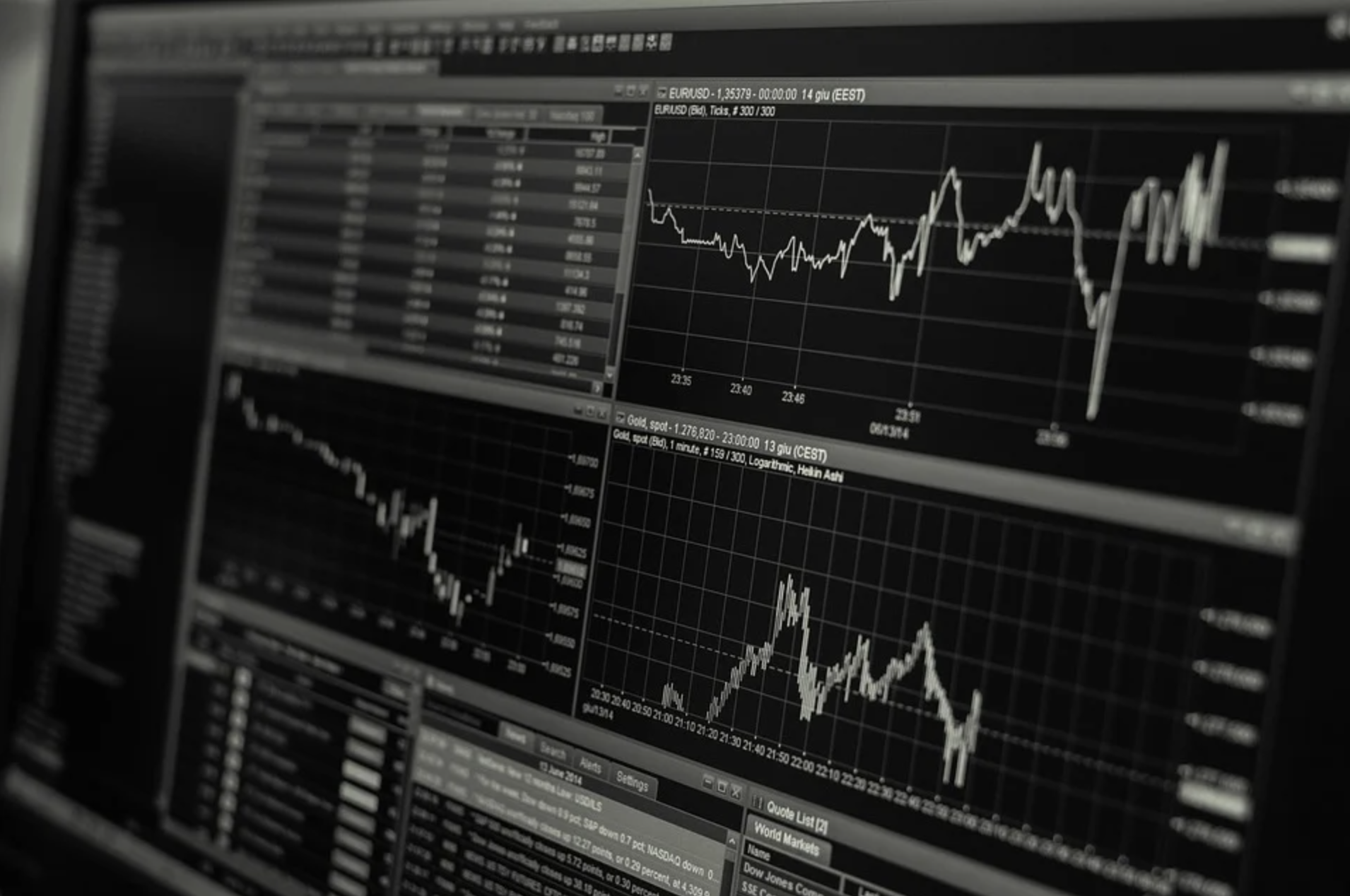
[객원 에디터 3기/ 한동민 기자] When a 7.2 magnitude earthquake hit Haiti last August, the conventional seismometers which were first installed in 2010 failed to work. Instead, civilian-operated seismometers which are relatively inexpensive and small played a critical role in transmitting crucial earthquake data to researchers, assisting them in devising an effective hazards reduction plan in time.
Haiti has long been plagued with financial problems and widespread poverty, making the country particularly vulnerable to natural disasters. A seismometer plays a significant role in analyzing shifts in tectonic plates by recording motions and amplitudes, thus allowing relevant authorities to prepare for an earthquake before the disaster strikes. However, a conventional seismometer typically costs over 1,000 USD, which poses a significant financial challenge for Haiti.
As a result, a company based in Panama called Raspberry Shake developed a small and cost-efficient computer called the Raspberry Pi, which accurately measures ground motions and have since been implemented by numerous oil and natural gas companies. Its biggest benefit for countries like Haiti is that each unit costs only around 100 USD for manufacture and only requires a power outlet and an internet connection for operation. Furthermore, the device is smaller in size than a breadbox or a credit card.
According to Eric Calais, who leads a research group that is studying tectonic plate interactions in northeastern Caribbean, “the level of simplicity of the device was such that it would have a better chance of survival in the long term in Haiti, meaning no maintenance.” Although data in Haiti suggest that the Raspberry Shakes were not as capable as conventional seismometers, they nonetheless provide scientifically valuable measurements, and “are able to do the job when it comes to recording even small aftershocks.”
It appears that this new ‘Raspberry Cake’ will significantly change the way developing countries analyze earthquakes, helping governments to better prepare for natural disasters and save invaluable lives.
Sources: Incorporated Research Institutions for Seismology, New York Times





